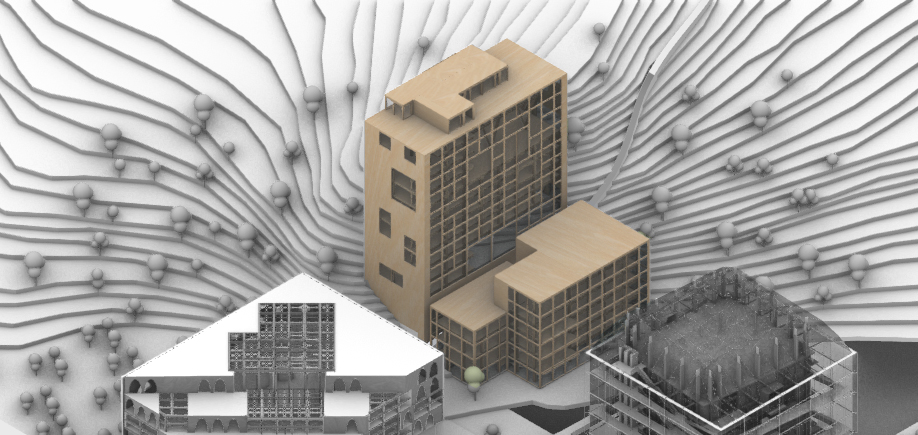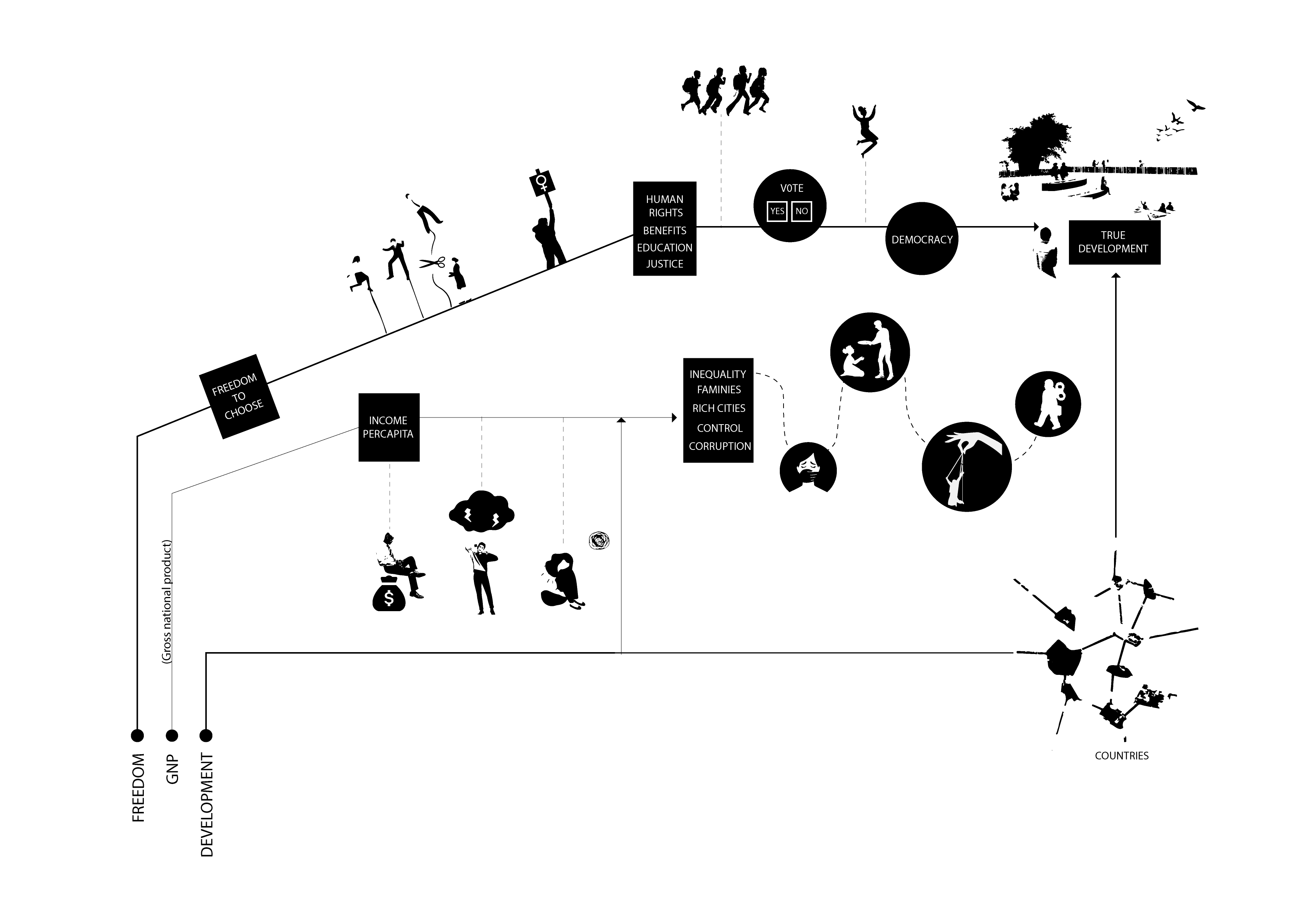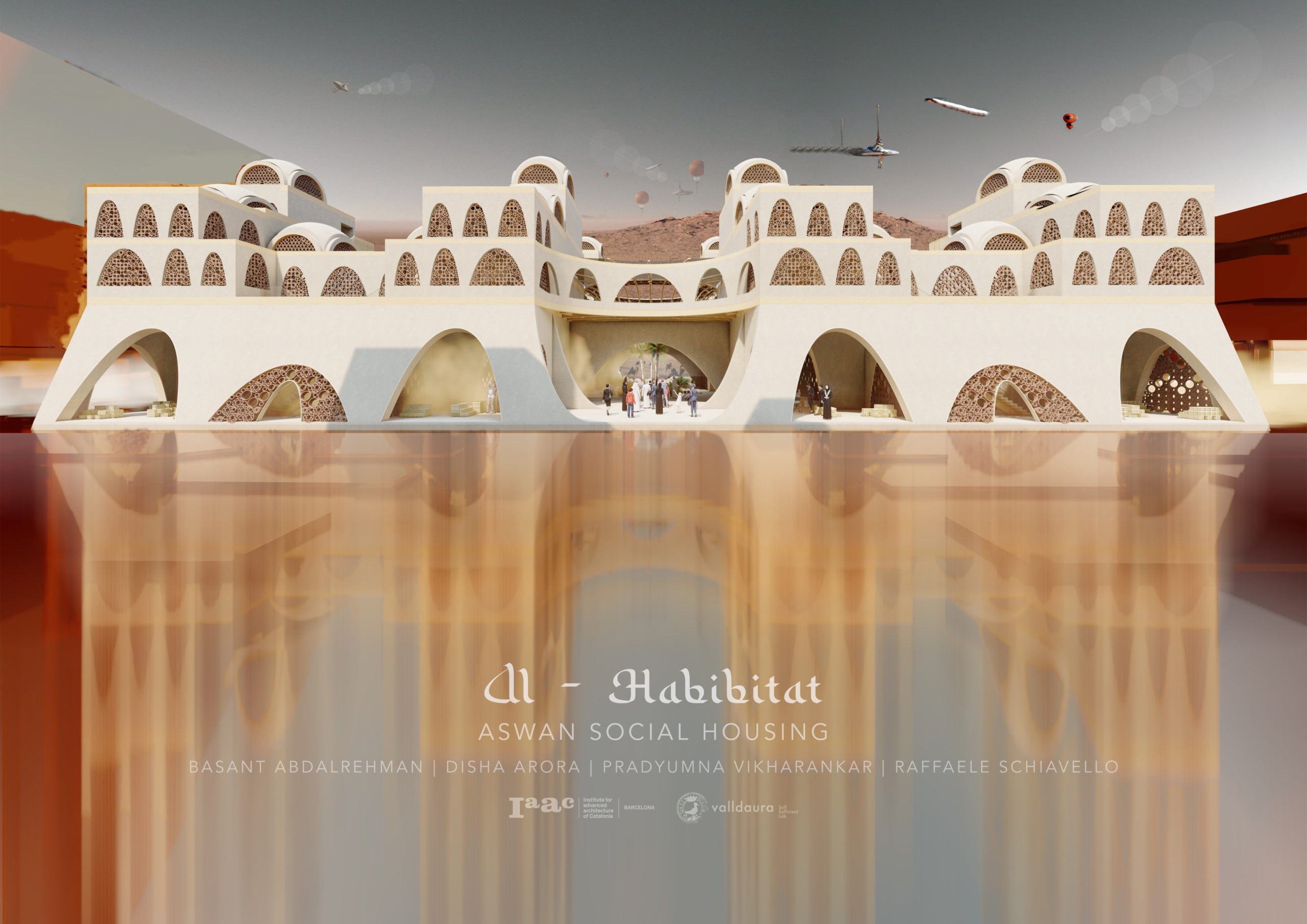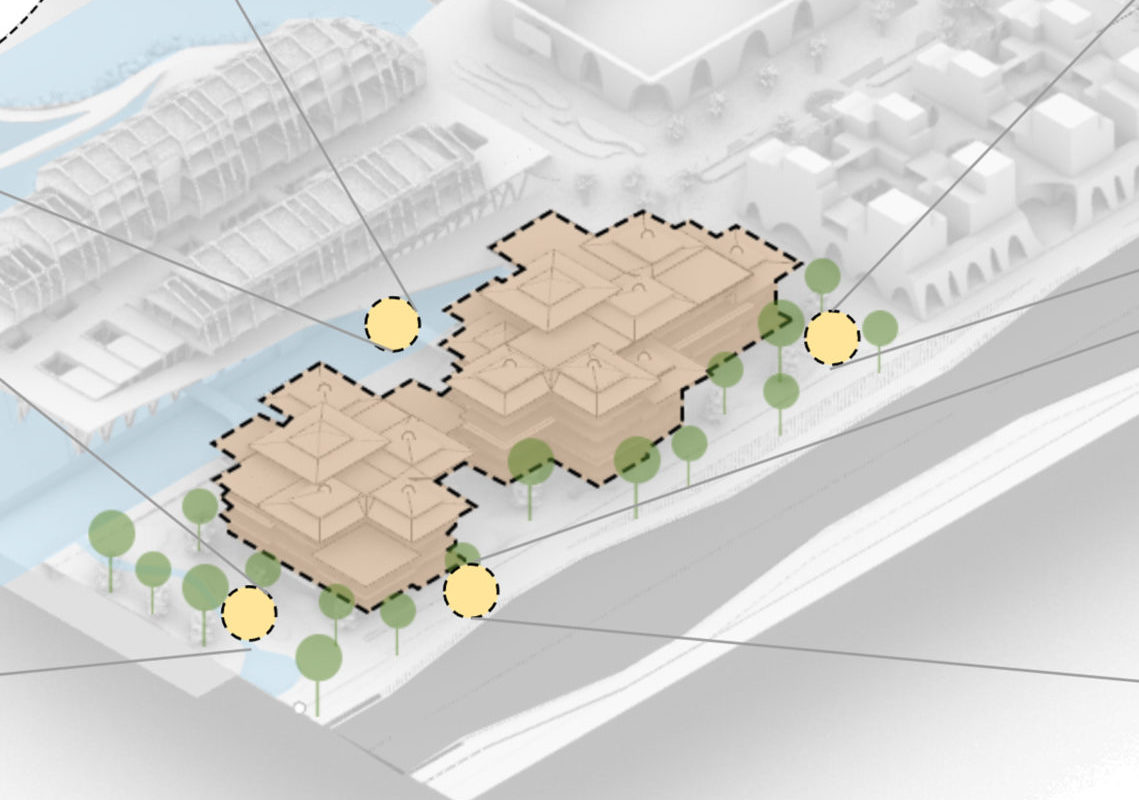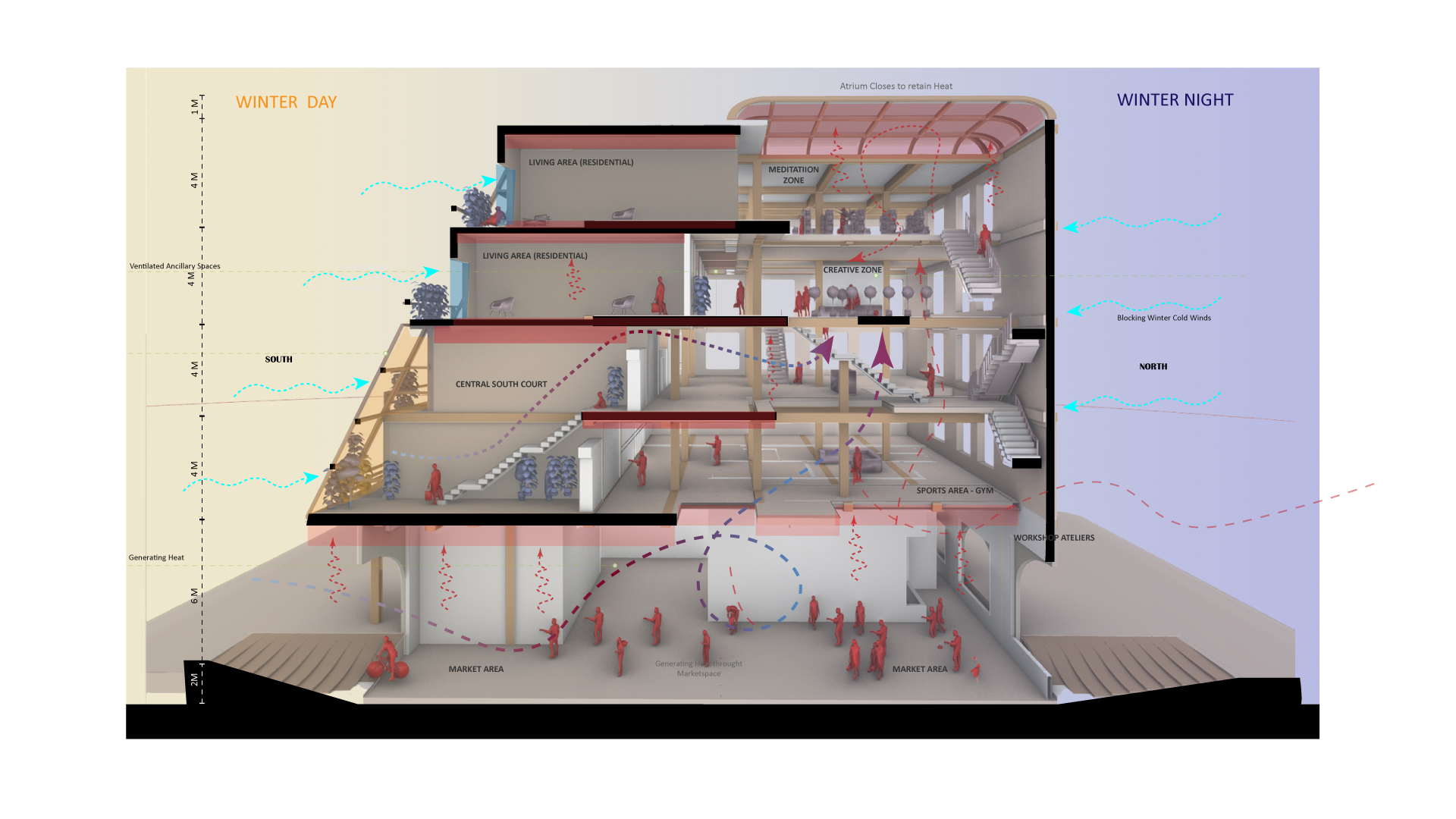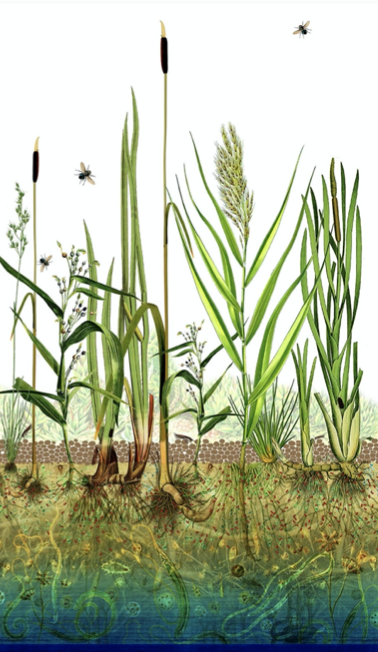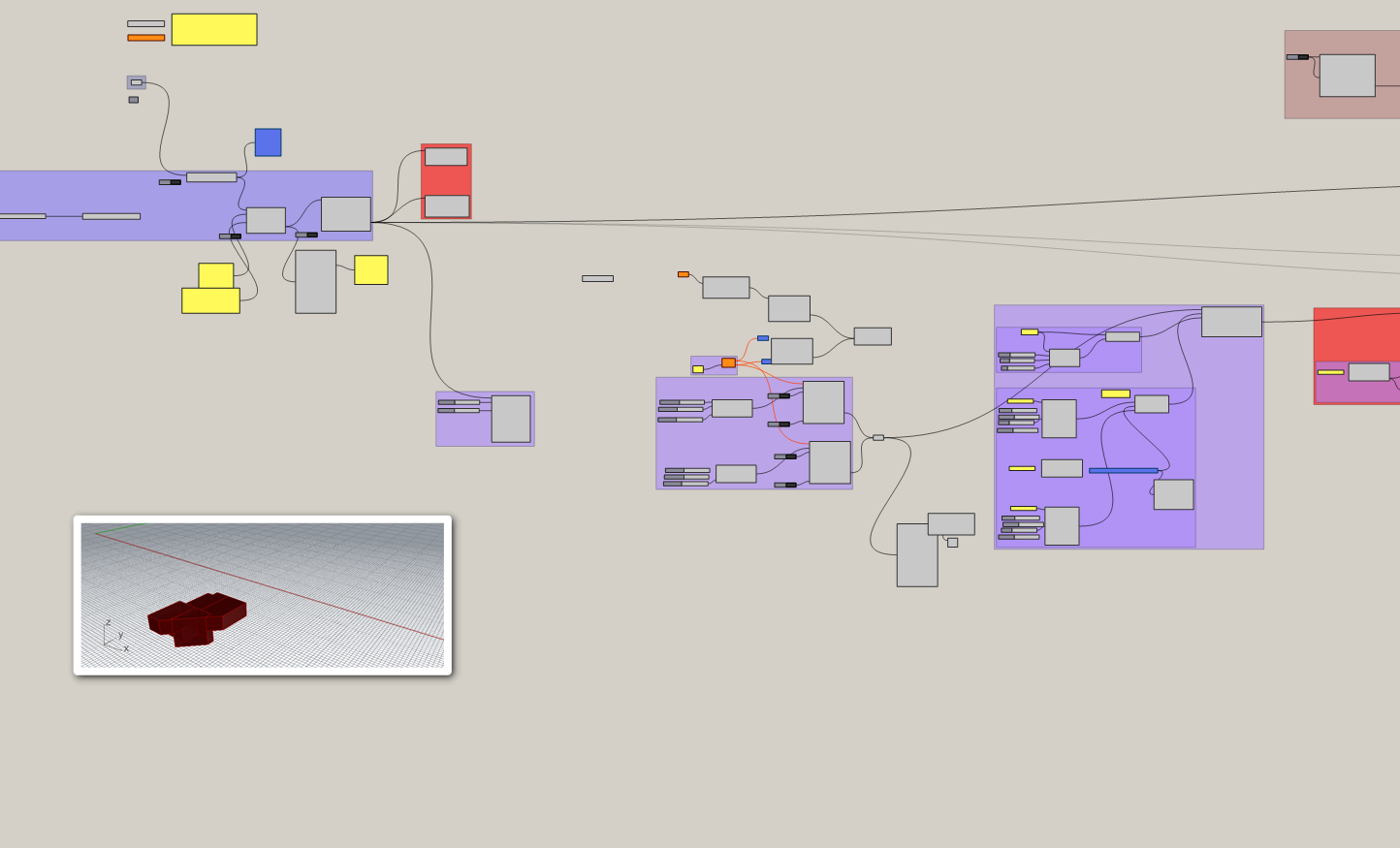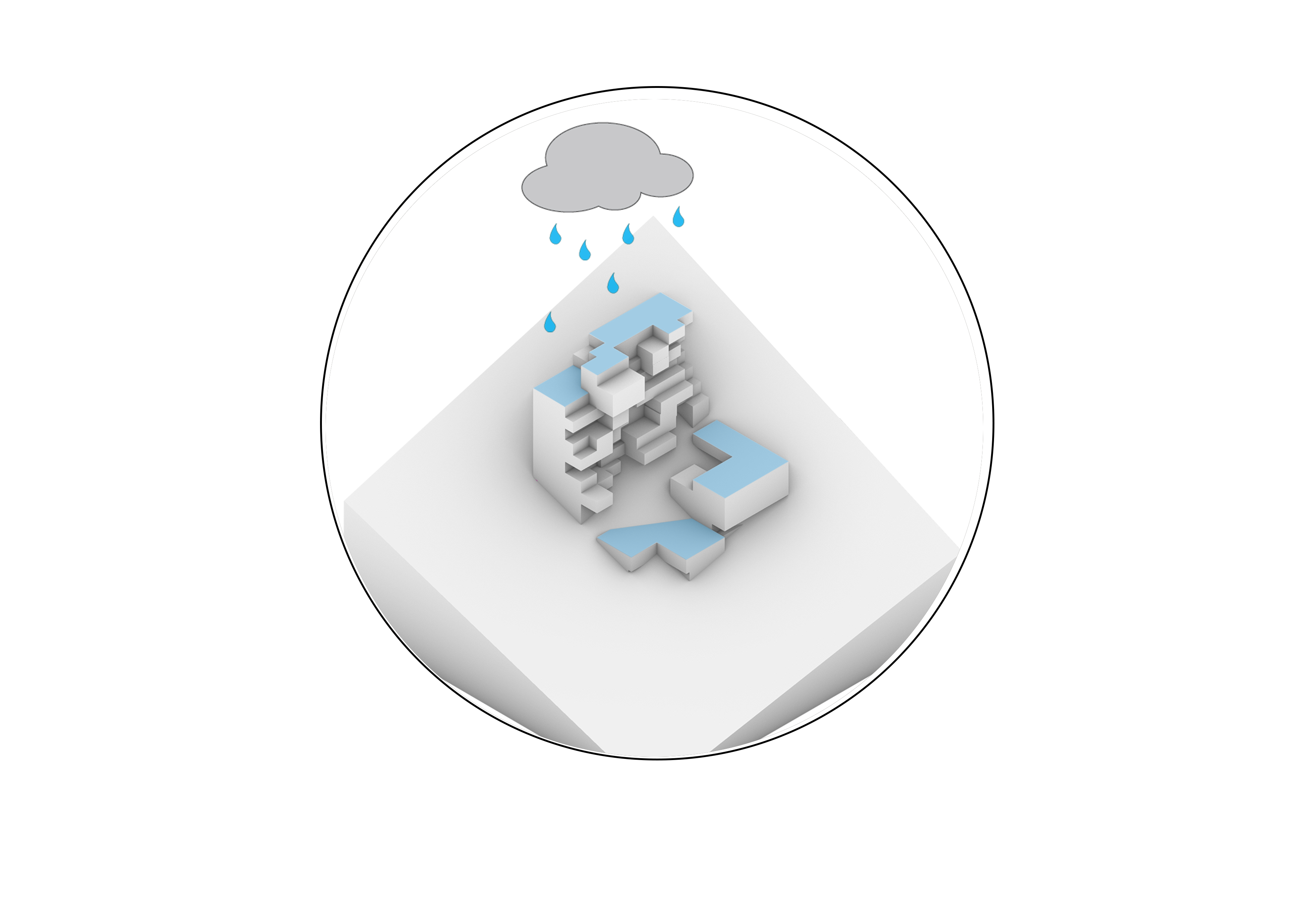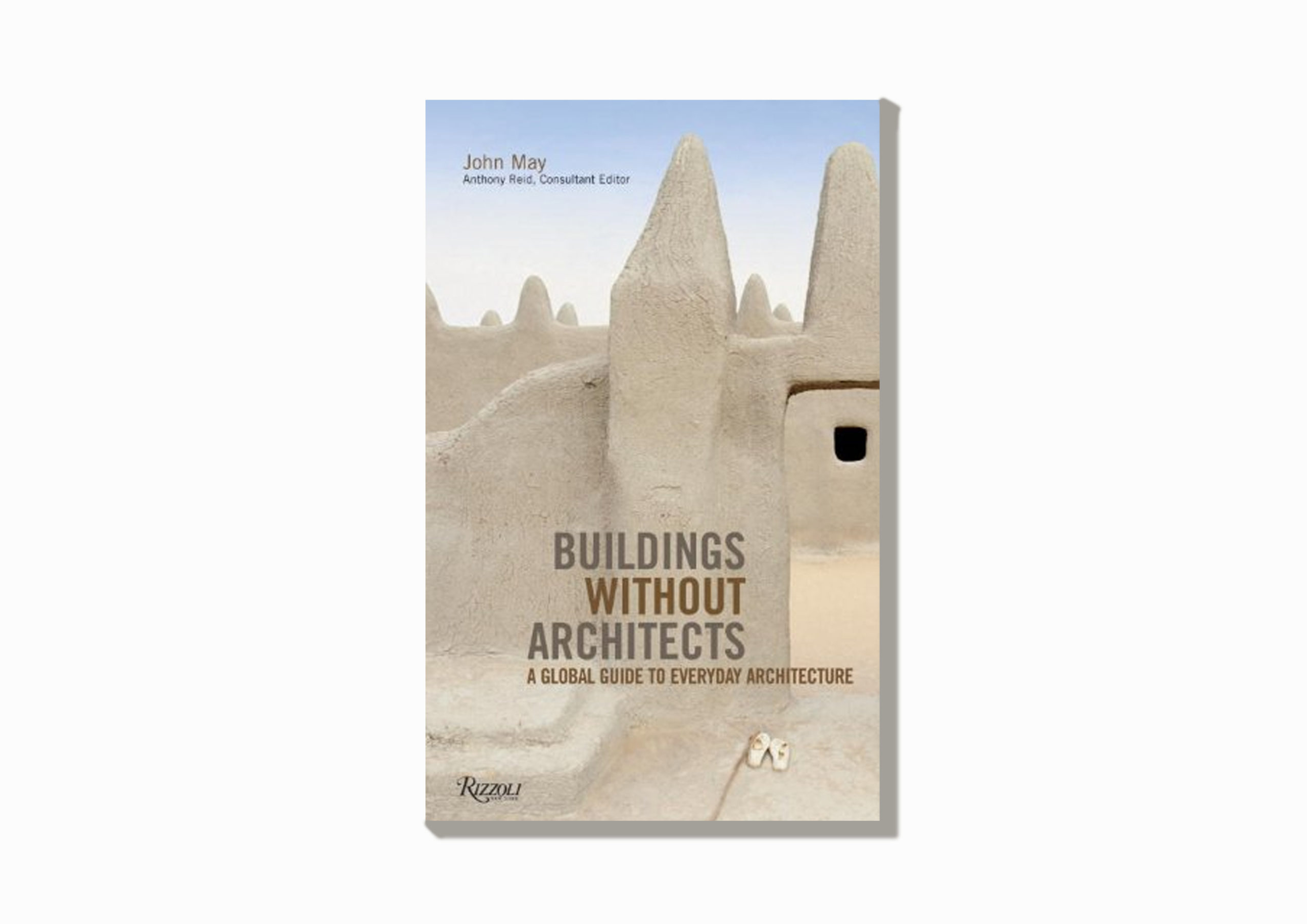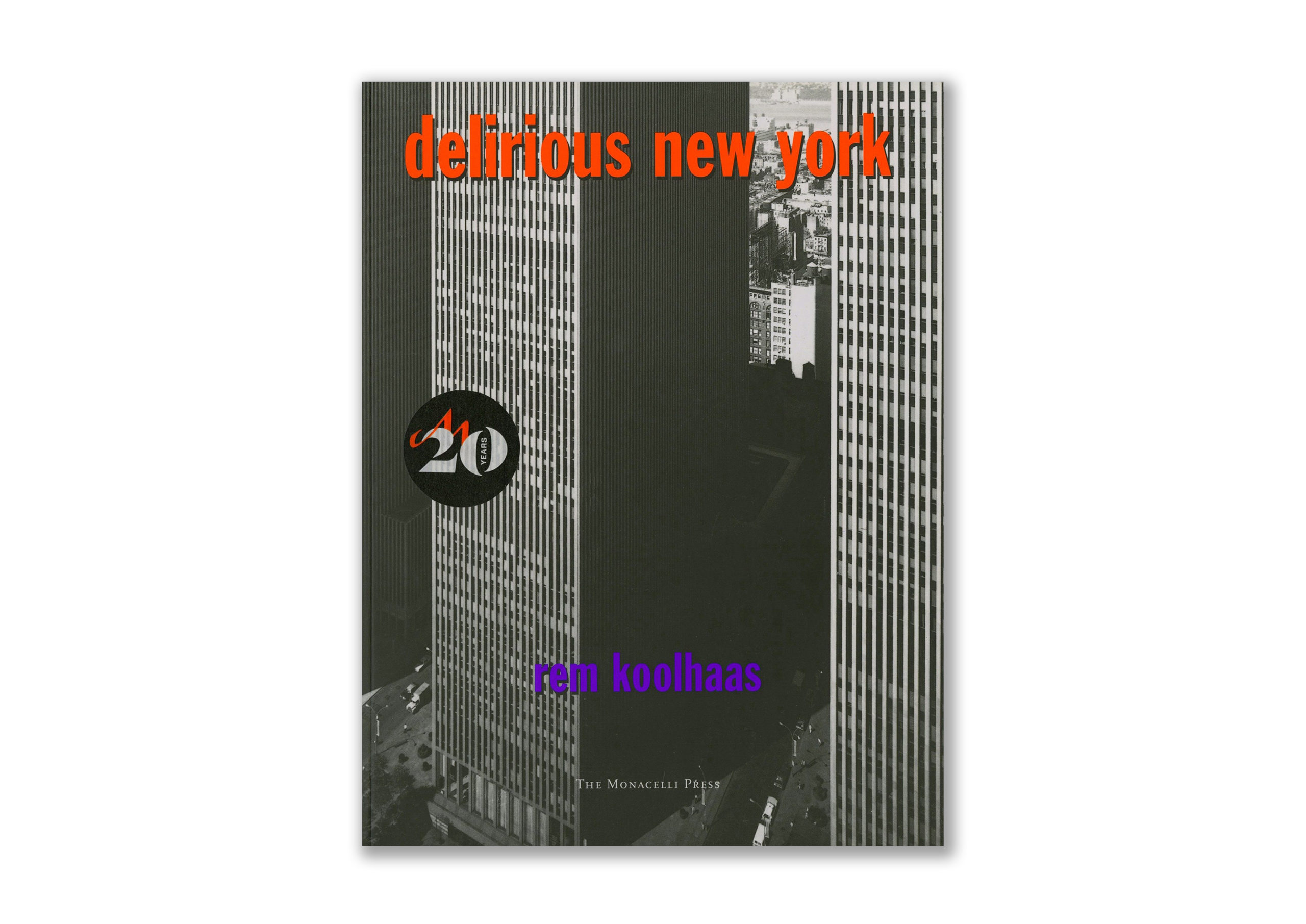DZONGHA | Urban Interventions
The Site chosen is Paro, Bhutan is a place of rich culture, high environmental values, and beautiful nature. For the design of a place to learn and exchange traditional handicraft techniques and knowledge, our building follows design values to enhance the space by efficient, environmentally-sound choices. In the first layer of design, we studied and … Read more

